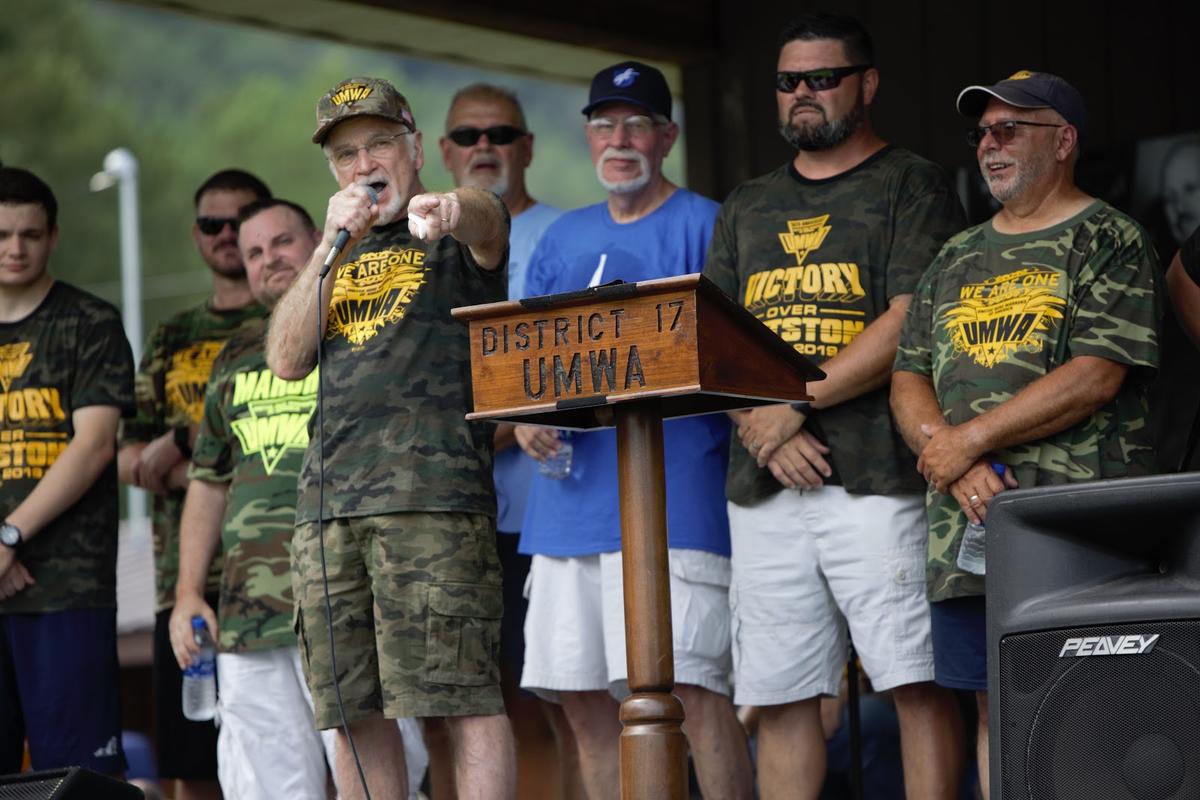Source: The Charleston Gazette-Mail
In a speech at the National Press Club on Sept. 4, I made the statement that there were 1,600 coal plants being built around the world. Those who were at the speech or who registered to watch it online were provided my prepared remarks, which noted that the 1,600 figure was from a 2017 study and included plants under construction and planned.
Maybe I should have been more precise in my oral remarks, because my statement has been called “mostly false” by PolitiFact and prompted an editorial by the Gazette-Mail accusing me of misleading UMWA members and somehow providing them with false hope.
That’s just bull. When I need advice from the Gazette-Mail about how to talk to coal miners, I’ll ask for it.
Don’t hold your breath.
The thrust of what I said was that, “Coal is not back. Nobody saved the coal industry.” Coal-fired power plants are closing at a rapid pace and miners are losing their jobs.
I also mentioned several other things, including how much coal is being used in the United States compared to the rest of the world (our coal consumption in 2018 was less than one-tenth of global consumption), how many coal miners there are in the world (7,000,000 globally, 52,000 in the United States) and more. None of those statements has been challenged.
Those who actually heard the speech know that it was a call to action. Nitpicking about whether the number of new coal-fired power plants under construction or on the drawing boards is 1,600 or 1,100 or 400 misses the point, which is that those who advocate shutting down the American coal industry either fail to mention or just do not understand that global carbon emissions from fossil fuels will keep growing, even if every coal-fired power plant in this country is shut down.
China, India, Vietnam, Pakistan and dozens of other countries will continue to use coal and natural gas to power their economies for at least the next 50 years, and probably longer. The only way to deal with the greenhouse gas emissions that will result is to quickly develop and deploy commercial-grade carbon capture and storage technology worldwide, including here in the United States. As I said in my speech, that’s not just me saying that. The Intergovernmental Panel on Climate Change of the United Nations says the same thing.
Those who say CCS will not work or is too expensive just don’t get it. It does work, and there are plants in Canada and the United States that are doing it right now. But the fact is, we have to make it work and we have to spend whatever it takes to do it or we will not stop the global emissions that are causing climate change. Period.
I also called into question the notion of a “just transition” for workers and communities that will be affected in a move away from fossil fuels. We are talking about a cost of $1 trillion to $3 trillion to keep Appalachia and other parts of the country from spiraling into further economic despair.
I have nothing against creating good, union jobs in Appalachia that would provide similar high pay, quality health care benefits, retirement security and safe working conditions that only come with a union contract. We should have been doing that for decades. But no one can explain to me what those jobs will be and how they can guarantee they will be union jobs. Do not talk about a “just transition” until you can prove there will actually be one, and that the government will actually pay the cost of it.
So, instead of playing a numbers game, pointing fingers and saying, “gotcha,” I believe our time would be better spent working together to develop a more sustainable, robust economy in Appalachia that provides opportunity for every working family, and that includes coal miners. We need to talk specifics, not wishes.
That was my message at the National Press Club. We are ready to be part of this conversation.








